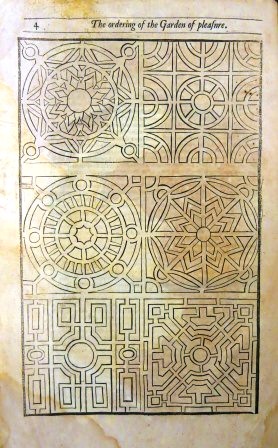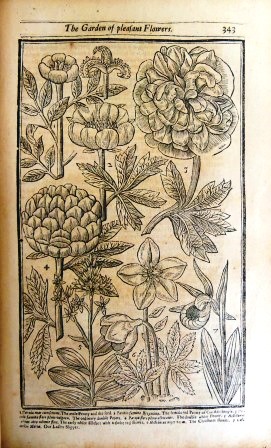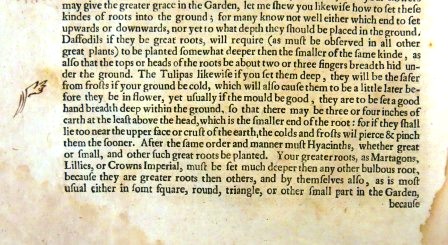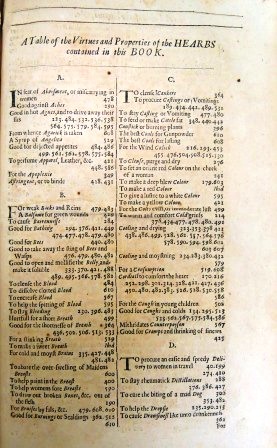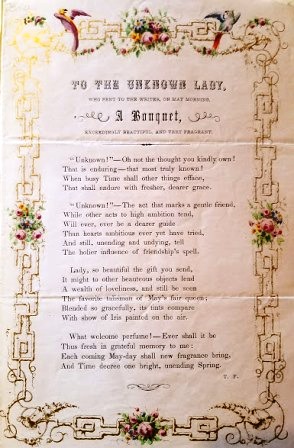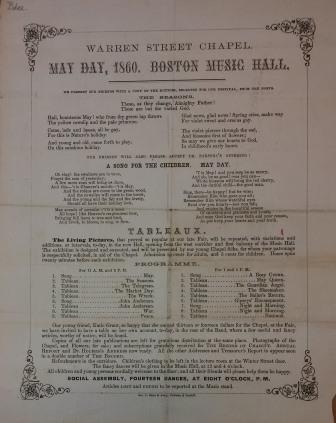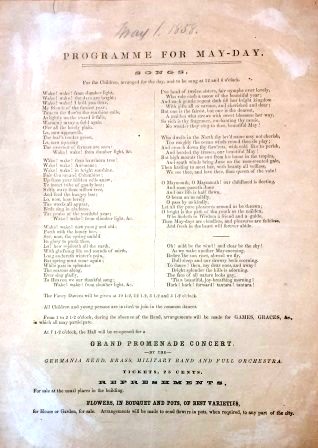By Lindsay Bina, Intern and Anna Clutterbuck-Cook, Reader Services
Today we return to the 1918 diary of Newton teenager Barbara Hillard Smith. You may read our introduction to the diary, and Barbara’s previous entries, here:
January | February | March | April
May | June | July | August
September | October | November | December
As regular readers of the Beehive know, we are following Barbara throughout 1918 with monthly blog posts that present Barbara’s daily life — going to school, seeing friends, playing basketball, and caring for family members — in the words she wrote a century ago. Here is Barbara’s May, day by day.
* * *
WED. 1 MAY
School. Took care of sonny.
THUR. 2
School. Took care of sonny
FRI. 3
School. Took care of sonny.
SAT. 4
Cleaned. Swimming. Pegs
SUN. 5
Church. Sunday School. Studied
MON. 6
School. Took care of sonny
TUES. 7
School. Took care of sonny. Swimming. Waited on table at church
WED. 8
School. Took care of sonny. Cousin Bert here
THUR. 9
School. Went to Arleen Pratt’s
FRI. 10
School. Took care of sony
SAT. 11
Swimming. Pegs.
SUN. 12
School. Sunday School. Studied
MON. 13
School. In Town. Sick?
TUES. 14
School. Baby’s. K.O.K.A. with Spud
WED. 15
School. Baby’s. Search Light Club Play
THUR. 16
School. Took care of Sonny
FRI. 17
School: Bill Wellman cheering practice. Went to get Wigwam and cut trees for float
SAT. 18
Dentist. Red Cross Parade. Mother starts for Portland
SUN. 19
Sunday School. Peg here. Service in evening
MON. 20
School. Mrs. Reeds. Kitten’s Came
TUES. 21
School. Mrs. Reed’s
WED. 22
School. Cheer Practice. Preliminary Baseball Game
THUR. 23
School. Mrs Hurt knee. Bob Hayes Up to the house
FRI. 24
School. Field Day. Red Cross Function at Seminary
SAT. 25
Mrs Reed’s. Dance at Nash’s
SUN. 26
Sunday School. Studied
MON. 27
School. Mrs. Reed’s
TUES. 28
School. Mrs. Reed’s
WED. 29
School. Mrs. Reed’s
THUR. 30 MEMORIAL DAY
Swimming. Tennis
FRI. 31
Baby’s. In Town
* * *
If you are interested in viewing the diary in person in our library or have other questions about the collection, please visit the library or contact a member of the library staff for further assistance.
*Please note that the diary transcription is a rough-and-ready version, not an authoritative transcript. Researchers wishing to use the diary in the course of their own work should verify the version found here with the manuscript original. The catalog record for the Barbara Hillard Smith collection may be found here.


